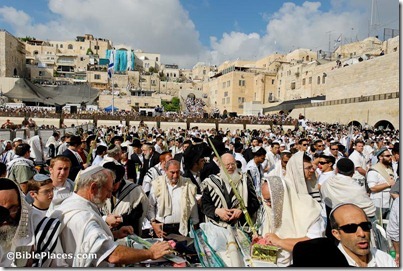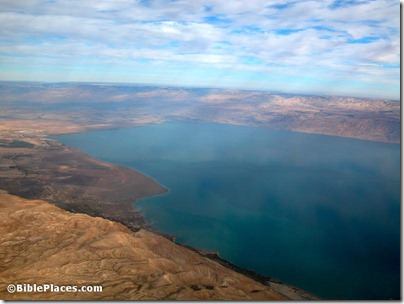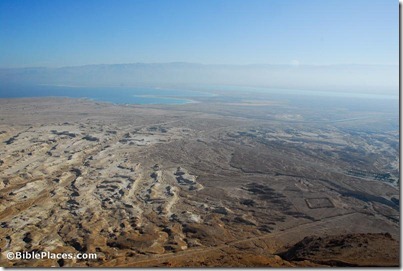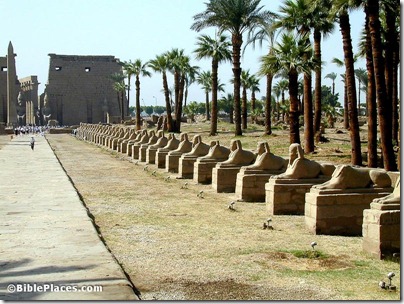At Petra, LiDAR (Light Detection and Ranging laser) scanning and balloon-based 35mm photography are being used with other technologies to facilitate research and conservation.
Exploring Bible Lands is doing a series on the travels of the Ark of the Covenant, beginning at the Plains of Moab, crossing the Jordan River, and continuing on to Jericho, Mount Ebal and Mount Gerizim, and now Shiloh.
JPost: “Wild animals will soon be able to safely cross bustling Route 1 when the Israel National Roads Company completes work on an ecological corridor at the Sha’ar Hagai interchange.”
This 40-second video clip with Eilat Mazar describing her discovery of the seal impression of a biblical figure could be a good way to get attention at the start of a lesson. The Jehucal bullae was discovered in 2005.
Popular Archaeology has a lengthy feature this month on the Egyptian fortress in Joppa.
Some very well-preserved leather shoes worn 2,000 years ago were recently discovered in Egypt.
Egyptian officials have rejected a proposal to rent out five of the country’s archaeological sites to international tourism companies.
For the broader world of archaeology, see the Archaeology Weekly Roundup at the ASOR Blog.
HT: Jack Sasson



